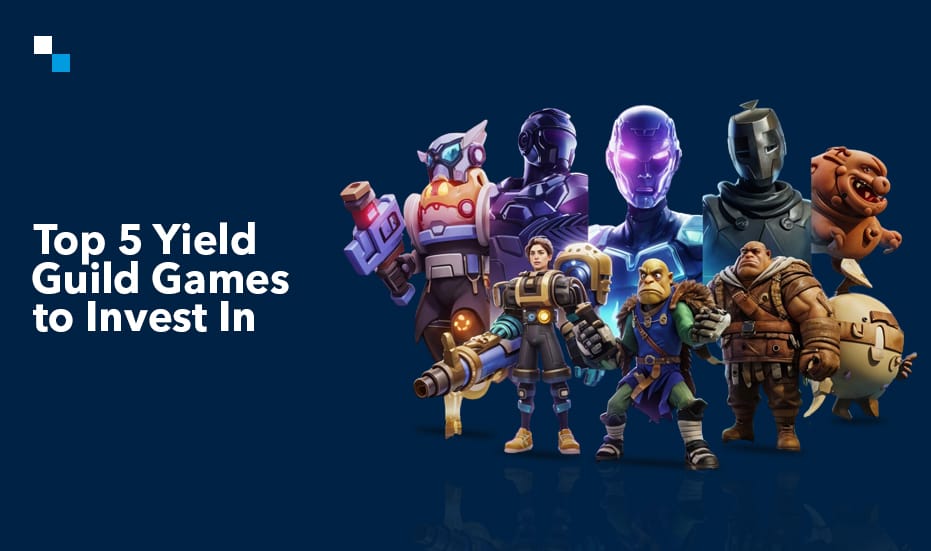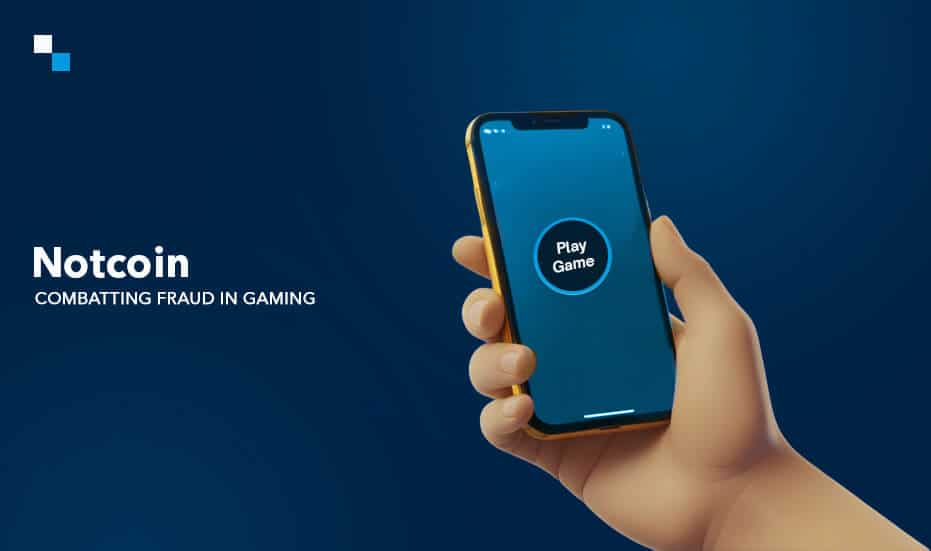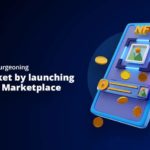NFTs have been there for a while. The non-fungible token boom that occurred in early May 2021, on the other hand, pushed a specialized business into a worldwide industry.
The non-fungible markets have now calmed down. Nonetheless, many observers believe that non-fungible token technology’s ultimate potential has yet to be realized. As a result, getting into the market as a creator early might pay dividends in the long run.
When it comes to building a non-fungible, many people want to understand what makes NFTs valuable and how to make NFT token in the first place.
Why Are NFTs So Valuable?
The global NFT market in the present scenario is growing at an astounding speed and is estimated to grow in the foreseeable future. DappRadar, that tracks sales across multiple Blockchains, recently revealed that the sales volume of NFT surged to 2.5 billion dollars in the first half of 2021, up from just $13.7 million in the first half of 2020. As per a survey, almost 29% of U.S. adults are interested in getting involved in acquiring, investing, and trading NFTs. Moreover, businesses from music, sports, media & entertainment, real estate, and many such sectors are eager to invest in NFTs and find them valuable due to the following reasons:
Digital artists find it difficult to maintain the copyright of their artwork. This issue could be resolved by using NFTs. Artists can create NFTs for their artwork and list them on NFT marketplaces without worrying about copyright thefts.
Blockchain-powered gaming platforms allow gamers to securely transfer in-game assets to their friends. Gamers can gain digital ownership of rare and unique in-game assets using NFTs.
The media & entertainment industry has been battling against online counterfeiting for a long time. The advent of NFTs has reduced this problem to a huge extent. Public figures and celebrities can tokenize their content and made it available on NFT marketplaces to prevent online piracy.
Just like the entertainment sector, the music industry also faces piracy issues. Musicians can convert their unique creations into NFTs and list them on NFT marketplaces to attract music lovers.
Real estate agents can tokenize virtual lands and list them in the open marketplace so that the interested audience can bid on the property. With NFTs, there will be no possibility of having conflicts over ownership of lands or other assets.
Create your Own NFT Token on BSC
Schedule Free DemoThings you should consider before creating an NFT
Once you have understood how to create NFT token and have planned to create it, take into consideration the following things to ensure a smooth development process.
#1. Where Will Your NFT Be Sold?
It doesn’t really matter what form of non-fungible token you wish to create: individuals have minted tokens from music, digital photos, photographs, memes, and even their own gaseous emissions and made a lot of money.
Nevertheless, you should think about where your NFT will be marketed. While some NFT marketplaces enable anybody to create non-fungible tokens, an increasing number of credible platforms require NFT developers to go through a verification procedure. This is frequently accompanied by an application procedure or a reference from some other artist.
Although it may not make a significant difference where your NFT is built or sold in the end, NFT markets with more comprehensive artist-vetting processes may attract more serious collectors than marketplaces open to everybody. As a result, depending on your goals as an NFT creator, it may be beneficial to shop around for a platform that has or does not have an artist verification procedure.
Apart from artistic vetting, you might want to think about employing an NFT platform that provides some degree of identity verification for artists. NFT collectors may be certain that they are acquiring their non-fungible tokens from the source once their identity has been validated. This can also safeguard artists against plagiarism and identity theft.
#2. Costs & Fee Structure
“There is no such thing as a free lunch,” as the cliche goes, and this is just as true in the realm of non-fungible tokens as it is everywhere. As a result, while some NFT creation platforms provide the possibility to manufacture NFTs for ‘free,’ someone has to pay the price at some point.
Some NFT platforms, for example, allow users to produce non-fungible tokens without incurring any upfront expenditures. Their costs, however, may be set in such a way that the buyer of the NFT must pay the transaction fees used to mint the token when it is purchased. Some platforms take a percentage of the NFT for each sale after that point.
These cost arrangements may or may not be appropriate for you as an NFT artist, depending on your needs. For example, a non-fungible token maker who wants to generate hundreds or thousands of NFTs based on a single work of art may want to use a platform that allows them to do so without incurring any upfront fees. They might face tens of thousands of dollars in petrol fines if they don’t.
Optionally, if a creator just wants to create a single master copy of an NFT, they may decide to work with a platform that charges upfront but does not collect any fees (or only collects minimum costs) later on.
The cost of developing an NFT might vary substantially depending on the Blockchain on which the marketplace is built. Users of Ethereum-based NFT markets, for example, may spend $20-80 per transaction (at press time), but users of a BSC-based NFT marketplace may just pay a few cents.
#3. Market
When non-fungible tokens (NFTs) first debuted in early March 2021, all eyes were on the non-fungible token sector. Everyone started manufacturing them all of a sudden. When the NFT market peaked in the first week of May, it transacted $170 million in NFTs in seven days. However, there were just $19.4 million in NFT sales during the seven-day period towards the end of the month. Overall, the drop amounted to a 90% decline.
Even as the NFT market has calmed, prices have fallen toward the ground. Investors who paid top dollar for NFTs when the market was at its pinnacle have been left carrying the bag. As a result, interest in non-fungible tokens appears to be waning, with no clear indication of when (or if) it will revive.
As a result, while considering either creating a single NFT or a series of tokens, it is critical to assess the risk-to-reward ratio. While your risks as a creator may be minor in comparison to the risks that investors assume when purchasing non-fungible tokens, the amount of effort and money that you put into NFT development may not always result in mounds of wealth.
Building strong connections with the fans and investors who buy your work is one approach for mitigating the effects of market volatility on your NFT sales. While The Powers That Be will always play a key role in any financial market, creating a community around your creations can assist strengthen your personal economy in the face of uncontrolled market forces.
Conclusion
Entrepreneurs in the crypto industry can create NFTs on BSC by partnering with a reliable NFT development company
At Antier Solutions, we can not only guide you on how to create NFT token on BSC but also offer customized services to develop and deploy your token on Binance Smart Chain.
Connect with our subject matter experts to share your business needs.





